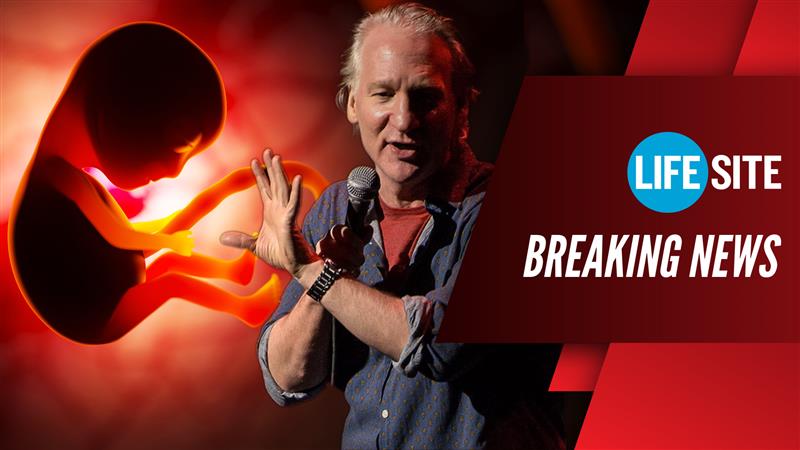Notre Dame Students Against Porn, by Jim Martinson
‘Unplanned’ Is Driving Abortion Workers Out of the Industry, Daily Signal
May 17, 2019
Chinese Catholics to Suffer Worst Persecution World has Ever Seen: Expert Steven Mosher
May 17, 2019
By Jim Martinson, First Things, May 16, 2019
As a student at the University of Notre Dame, I have always been taught to try to make a difference in my community. So when I noticed that campus culture has a pornography problem, I wanted to do everything possible to remedy it.
On campus, I have met several people who struggled with an addiction to this pervasive drug. Pornography harms users’ ability to form healthy relationships, and it harms women by fostering a culture of exploitation and violence. But while it’s no secret that many students consume pornography, what most people don’t acknowledge is that many students want to stop.
Knowing how ubiquitous and damaging pornography is, several students and I decided to fight this problem. We knew Notre Dame already had a policy prohibiting students from using campus Wi-Fi to access pornography. This accords with both the Catechism of the Catholic Church and the United States Conference of Catholic Bishops’ declarations that pornography is morally offensive. But unlike otherCatholic universities, Notre Dame does nothing to enforce its own policy.
This is not just a Catholic issue. Major companies like McDonald’s, Subway, and even Starbucks have implemented Wi-Fi filters. Nevertheless, Notre Dame has ignored not only the example of other Catholic institutions and secular companies, but also its own community. Several other students and I wrote a petition requesting a filter. The petition garnered over 2,400 signatures from students, faculty, staff, and friends of the university. A third-party petition received over 12,500 signatures. To further encourage the university to enforce its own policies, we wrote a letter to the school newspaper, signed by 81 male students. A supportive letter signed by 68 Notre Dame women soon followed.
The letters went viral. Nightline ABC, The Daily Beast, National Review, and other news organizations turned our efforts into a national conversation. Our inboxes flooded with emails from students throughout the United States who wanted to take similar action at their universities. The national organization Enough is Enough sent a letter to the Notre Dame administration supporting our campaign.
Despite this wave of support, Notre Dame has refused to implement the filter. When we met with university president Father John Jenkins, we explained how beneficial, technologically simple, and inexpensive the process would be. But the answer was no. Jenkins told us that a filter would inhibit the faculty’s ability to participate in academic research. He told us it could be a constraint on freedom, and that it is not the university’s role to “force moral behavior” on students.
Realistically, a filter would not force students to do anything. While filtered Wi-Fi could certainly help many on campus stop watching porn, students could still access porn through their personal data plans if they wanted to. But if Notre Dame truly finds pornography abhorrent, it should not be providing it on its own dime. Moreover, the argument about academic research hardly holds water. If such content was ever needed for academic purposes, a researcher bypass login could easily be installed.
Instead of a simple filter, the university decided to implement a vanilla “opt-in” system (which will permit students to voluntarily sign up to have their Wi-Fi filtered), accompanied by a “public awareness campaign.” This system will inform students that viewing pornography on campus Wi-Fi is not so much a violation of university standards as a matter of individual preference. And it will continue to feed an industry that abuses women and children and cultivates an environment amenable to sexual assault.
The overwhelming majority of contemporary pornography is filmed violence against women—violence somehow rendered invisible by the context. Eighty-eight percent of porn scenes include physical aggression, and 49 percent of scenes include verbal abuse. To make matters worse, the typical age at which a person is first exposed to pornography is now between nine and eleven. Pornography is the new sex education, providing a disturbing script about what men find sexually appealing and what women should do to please them.
The problem with pornography extends beyond the individual. It is a community-wide issue that calls for institutional leadership to promote public health and well-being. Notre Dame has already demonstrated a willingness to shield students from “offensive” material by covering campus murals of Christopher Columbus. Whether or not that was the right decision, the university should be consistent in how it deals with morally degrading content—especially if it already has a policy proclaiming pornography to be morally degrading.
It disheartens me that my university has ignored a call from thousands of people to adopt a simple measure that would promote a culture of human dignity and respect. But even more disheartening is the inconsistent, illogical way Notre Dame has handled the situation. If this university is to live up to its mission of intellectual and moral integrity, it must not only recognize moral depravity wherever it exists, but also take a strong stand against that depravity and help students do the same. Anything else will lead to confusion, scandal, and the prolongation of an endemic social ill.
Jim Martinson is an economics major at the University of Notre Dame, Class of 2019.
https://www.firstthings.com/web-exclusives/2019/05/notre-dame-students-against-porn




